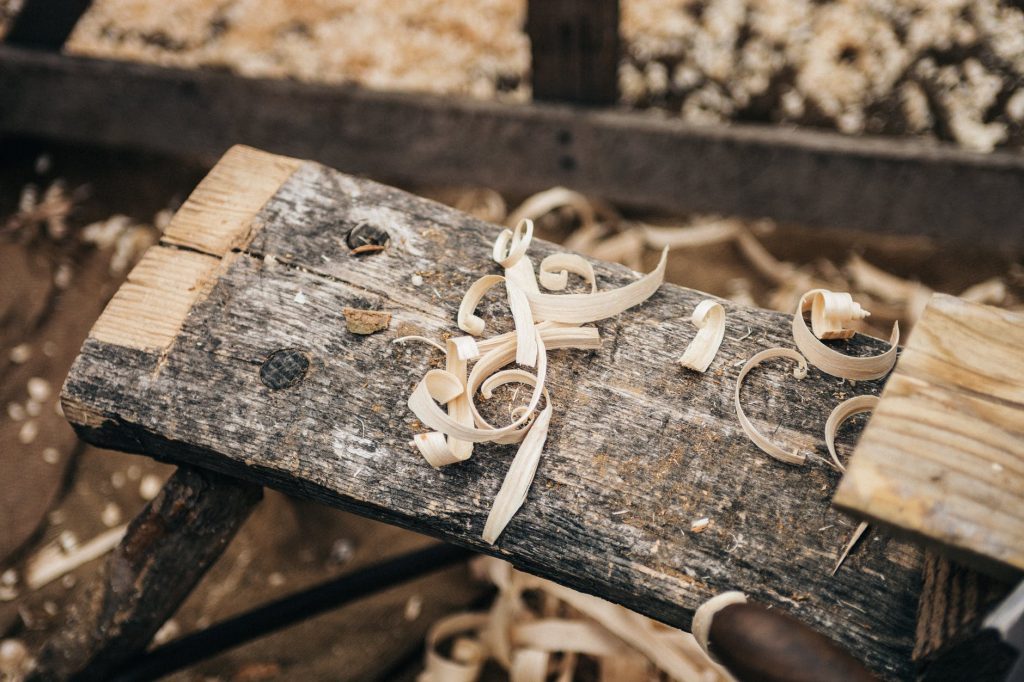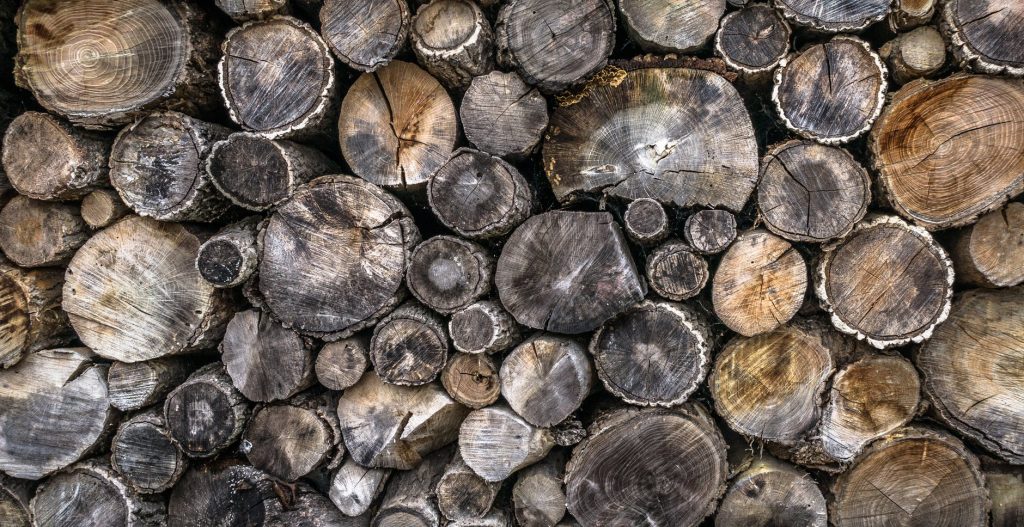
Laminate, Timber Veneer, and Solid Timber have a part to play in the building of furniture equally in Healthcare and Commercial software. Generally Engineered timber is much more commonly utilized in Healthcare programs while Laminate and Timber Veneer are more frequently utilized in the industrial offices. There are also other applications for each of these timber products. In order to be able to use it effectively, we have compiled the information and benefits of the three products to give you a general idea on when to use them.
Laminate
Laminate is a decorative coating made from multiple layers of paper that are resin made out of thermosetting resins, this Surface is then glued into a strand board. Laminate is available in countless patterns, colors, and finishes. The principal benefits to laminate are that it’s lasting & hardwearing- it’s resistant to warm water (around 180ºc) dry heat, staining, and impact. This item is ideal for use on desktops, tables, and sideboards which frequently have exposure to fluid. They likewise don’t scratch as easily as wood meaning tops which are often subjected to heavy traffic and challenging conditions such cutlery are prone to survive longer. Laminated timber is normally more affordable than solid timber, hence, an economical option for low budget jobs. The drawback of using Laminate compared to wood is its physical appearance. Laminate can seem very unrealistic and lack the heat and one of a kind grain of the genuine wood.
From a healthcare product standpoint, Laminate is excellent for jobs with a lesser budget and perfect for furniture which will be subjected to the day daily moisture and overall daily wear and tear of all items like Dining tables, Bedside cabinets, and sideboards.
The application of these laminate products can be commonly seen on any jam packed restaurants in Hobart, using the material for their tables and bar tops.
Timber Veneer
Timber Veneer is actual timber that’s sliced very thinly and is then pushed onto MDF or particle board substrate. Veneer has the appearance and textures of strong timber with no price tag. The most important benefit of Timber Veneer is the fact that it has the heat and texture of genuine wood minus the price-tag of strong timber. Timber veneer can be offered in a vast assortment of distinct species and grain instructions. Timber veneer may also be stained to match present furniture or fittings. Veneer can be more flexible than solid wood for architectural curves and may be flexed and molded readily. The drawback is that of all three timber products, veneer wood has the least resistance to water. If cared for rather than subjected to moisture, Timber veneer will endure for several decades. The drawback of veneer is it is vulnerable to harm. When the veneer is subjected to liquid, then it gets through fibers at the veneer resulting in swelling and water damage. It may also be readily dented and scratched and shouldn’t be utilized in heavy business traffic places.
For safety concerns, timber veneer shouldn’t be employed on dining tables or bedside tables under any conditions. However, it is ideal for joinery, bookcases, and cabinetry that aren’t subjected to liquid.
Commercially Timber Veneers are fantastic for executive offices, boardroom tables, and joinery.
Solid Timber
The most exclusive solid Timber Furniture made in Tasmania is usually made with the rare Huon Pine. The benefit of strong, solid timber is its durability and is frequently known as a “life” merchandise, with the majority of pieces available using a 10+ year guarantee. Not only can it be a robust and durable product in general but it may also be readily refurbished for a portion of the price of replacement. In case the surface of the wood is stained or damaged it could be machined, sanded and resurfaced. Solid Timber can be not as inclined to swell in overall usage. The building of solid wood products increases its durability, with many wood joinery techniques just utilized in solid wood furniture. The organic look and warmth of strong weathered are unmistakable. Timber is organic, unique but may also be stained to match present furniture. A group of merchandise like a dining table, chair and sideboard can be made with a single species of wood allowing all goods to coincide. Solid Timber is also, nevertheless, a more expensive alternative to Laminate or Veneer. Additionally, there are limitations concerning accessibility to large pieces of wood and a variety of species available. Contrary to Laminate the Lacquer on wood can be broken with higher warmth, vulnerable to scratching or scratching from other or cutlery utensils. Solid Timber is perfect in Healthcare programs like dining chairs, tables, and frameless cabinets merely to mention a couple.
When in Hobart, check out the IXL Long Bar to check their beautiful, solid timber furniture while enjoying world-class cocktails.



